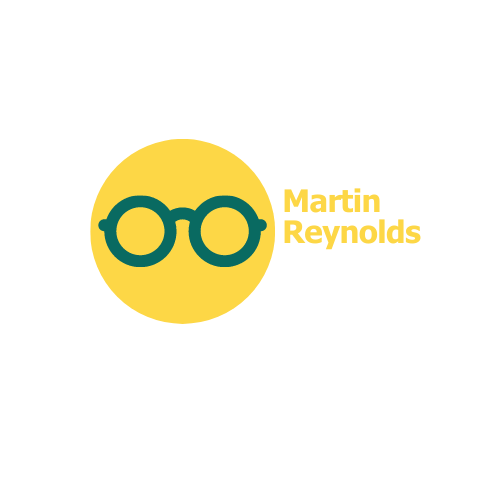Understanding Common Vision Problems: Myopia, Hyperopia, and More
Introduction:
Having good vision is essential for daily functioning and quality of life. However, many people experience common vision problems that can affect their ability to see clearly. In this article, we will explore the most common vision problems, including myopia, hyperopia, and more, to help you understand these conditions and recognize the signs.
I. Myopia:
Myopia, also known as nearsightedness, is a common vision problem that occurs when the eyeball is longer than normal or the cornea is too curved, causing light entering the eye to be focused in front of the retina instead of directly on it. This results in distant objects appearing blurry.
Signs and Symptoms:
– Difficulty seeing objects far away.
– Squinting or straining to see distant objects.
– Frequent headaches or eye fatigue after activities involving distant vision.
Treatment options:
– Eyeglasses or contact lenses: These vision correction tools can help focus light directly on the retina, improving distance vision.
– Refractive surgery: LASIK (laser-assisted in situ keratomileusis) and other surgical procedures can reshape the cornea, allowing light to focus correctly on the retina.
II. Hyperopia:
Hyperopia, often called farsightedness, is the opposite of myopia. It occurs when the eyeball is shorter than normal or the cornea is too flat, causing light to focus behind the retina rather than directly on it. People with hyperopia may be able to see distant objects more clearly, but have trouble with near vision.
Signs and Symptoms:
– Difficulty reading or seeing objects up close.
– Eye strain, especially when performing close tasks for an extended period.
– Headaches or squinting when trying to focus on nearby objects.
Treatment options:
– Eyeglasses or contact lenses: These provide the additional focusing power necessary to correct near vision.
– Refractive surgery: Procedures such as LASIK can reshape the cornea, improving near vision.
Common Vision Problems:
1. Astigmatism:
Astigmatism is a vision problem caused by an irregular curvature of the cornea or lens, leading to blurred or distorted vision at any distance. It often occurs in conjunction with myopia or hyperopia.
Signs and Symptoms:
– Blurred vision at all distances.
– Squinting or eye strain.
– Distorted or tilted view of objects.
Treatment options:
– Eyeglasses or contact lenses: These can compensate for the irregular shape of the cornea or lens, allowing light to focus properly on the retina.
– Refractive surgery: LASIK and other surgeries can reshape the cornea and correct the irregular curvature.
2. Presbyopia:
Presbyopia is an age-related condition that usually becomes noticeable in individuals over the age of 40. It occurs when the lens of the eye loses its flexibility, leading to difficulty focusing on close objects. It is not a refractive error like myopia or hyperopia, but a natural aging process.
Signs and Symptoms:
– Difficulty reading small print.
– Needing to hold reading material farther away to see clearly.
– Eyestrain or headaches after long periods of reading or performing close tasks.
Treatment options:
– Reading glasses: These can provide the extra focusing power needed for close work.
– Progressive lenses: These lenses contain multiple lens powers, allowing a smooth transition between near and distance vision in a single pair of glasses.
Conclusion:
Understanding common vision problems such as myopia, hyperopia, astigmatism, and presbyopia is crucial for early detection and proper management. If you experience any signs or symptoms related to these conditions, it is important to schedule an eye examination with an optometrist or ophthalmologist. With the right diagnosis and appropriate treatment options, achieving clear vision is possible for everyone.
